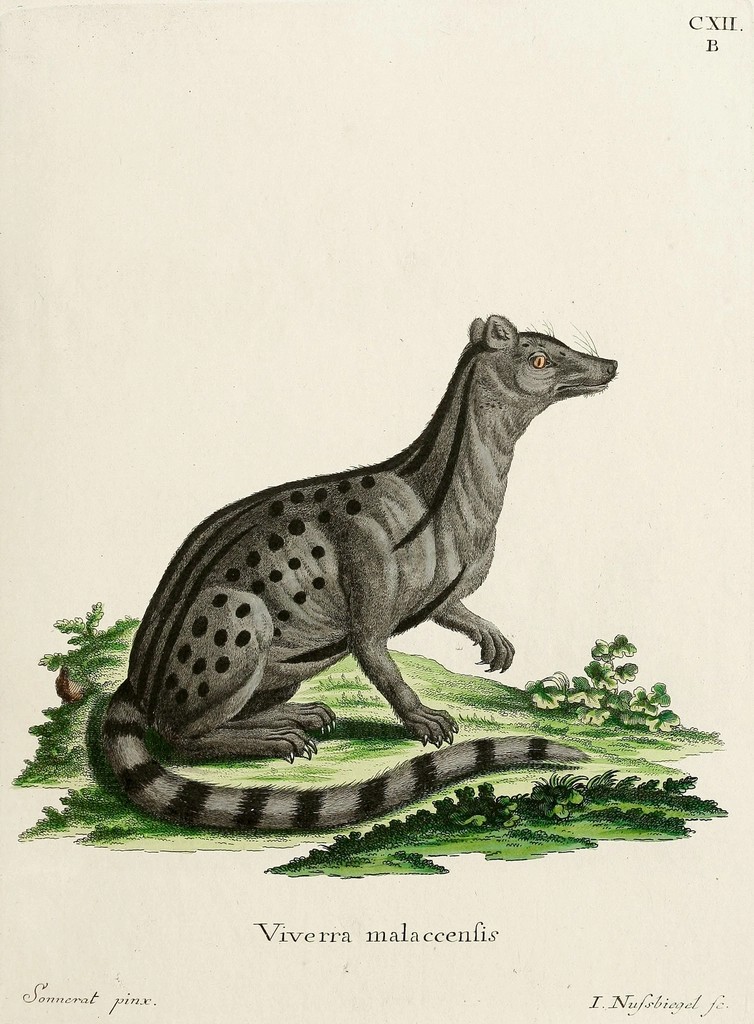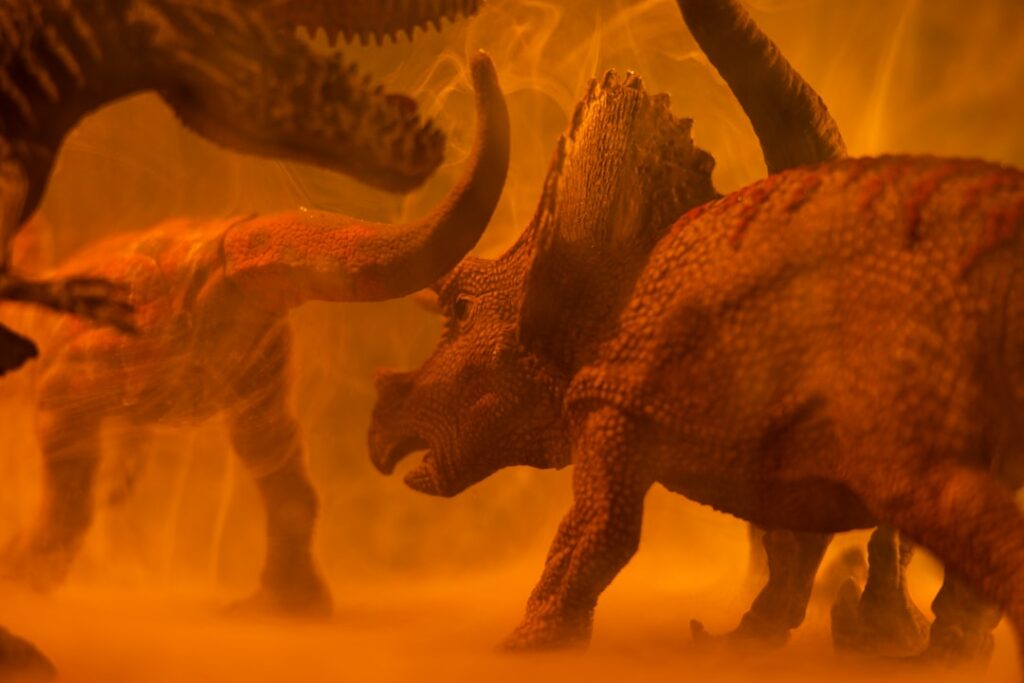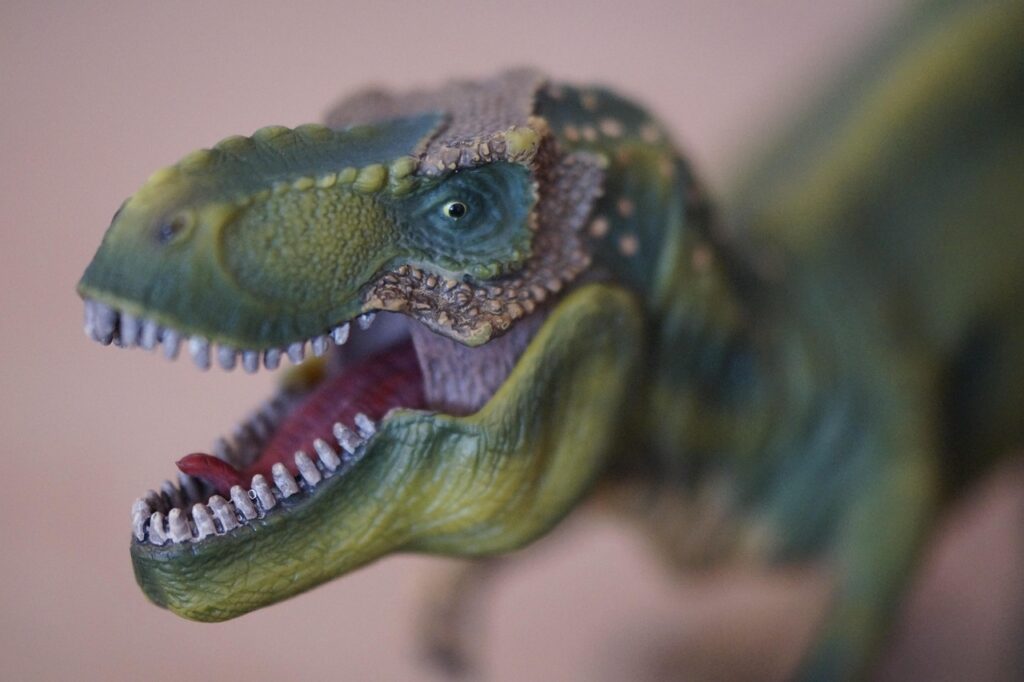Long before sharks ruled the ancient seas and dinosaurs roamed the land, a group of terrifying arthropods dominated Earth’s oceans. Sea scorpions, or eurypterids, were prehistoric marine predators that evolved over 467 million years ago and survived for nearly 250 million years until their extinction during the Permian-Triassic mass extinction event. Despite their name, these creatures weren’t true scorpions but rather distant relatives belonging to the same subphylum as modern horseshoe crabs and arachnids. What makes sea scorpions particularly fascinating is not just their fearsome appearance but also the sheer enormity some species achieved, with certain specimens reaching lengths surpassing 2.5 meters—making them some of the largest arthropods to have ever existed. Their remarkable evolutionary success and eventual disappearance provide a captivating window into Earth’s ancient oceans and the dynamic nature of life’s history on our planet.
Origins and Evolutionary Timeline

Sea scorpions first appeared during the Ordovician period, approximately 467 million years ago, emerging from earlier arthropod ancestors in shallow marine environments. Their evolutionary history spans an impressive 250 million years, making them one of the most enduring arthropod groups in Earth’s history. Fossils reveal that eurypterids reached their peak diversity during the Silurian and Devonian periods (443-359 million years ago), when they occupied various aquatic habitats from coastal lagoons to freshwater environments. Their remarkable adaptability allowed them to survive multiple extinction events that wiped out countless other marine species. The eurypterid lineage finally came to an end during the Permian-Triassic extinction approximately 252 million years ago, when over 95% of marine species perished in what scientists often refer to as “The Great Dying.” This extinction event, likely caused by massive volcanic eruptions and subsequent environmental changes, proved too extreme even for these highly adaptable arthropods.
Anatomical Features and Adaptations
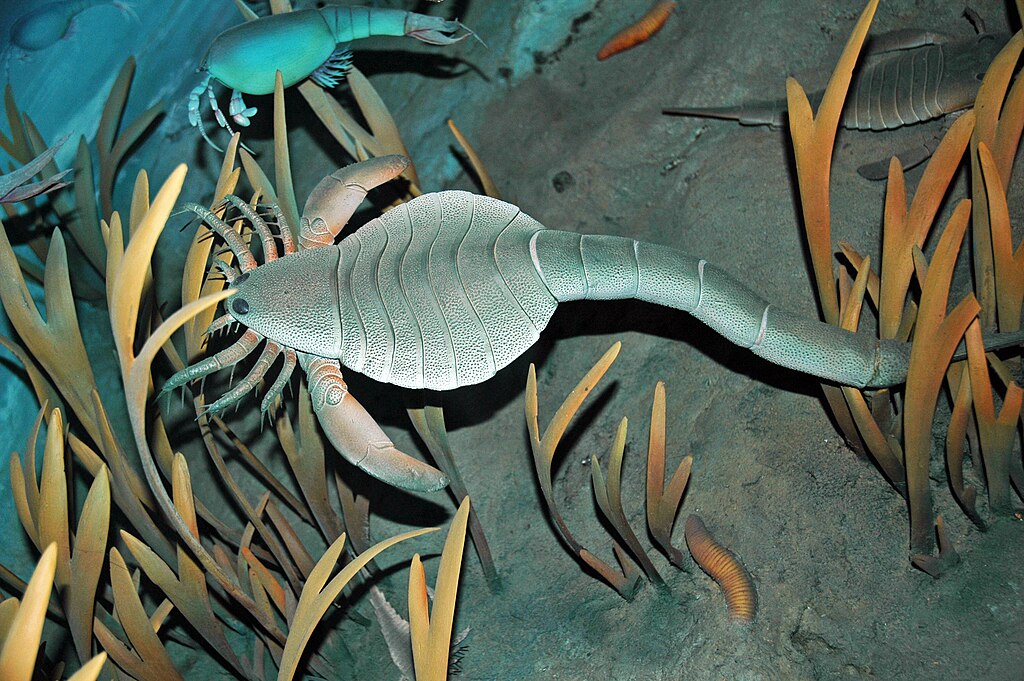
Sea scorpions possessed a body structure that combined fearsome predatory features with efficient aquatic locomotion capabilities. Their bodies were divided into three distinct sections: the prosoma (head), the mesosoma (thorax), and the metasoma (tail). The prosoma housed compound eyes that provided excellent vision, crucial for hunting and detecting threats. Most species featured impressive forward-facing appendages used for grasping prey, which in some species evolved into massive, claw-like structures capable of crushing shellfish and small vertebrates. Their bodies were protected by an exoskeleton made of chitin, similar to modern crustaceans and insects, which provided both protection and structural support. One of their most distinctive features was the telson—a spike-like structure at the end of their tail segment that may have been used for defense, stabilization during swimming, or possibly even injecting venom, though the latter remains speculative among paleontologists. Their paddle-like posterior limbs enabled efficient swimming, allowing them to move swiftly through ancient seas and chase down prey.
Jaekelopterus: The Record-Breaking Giant

Among the various eurypterid species, Jaekelopterus rhenaniae stands out as particularly impressive, holding the title of the largest known sea scorpion and the largest arthropod ever discovered. Based on a massive fossilized claw found in Germany, scientists estimate this colossal creature reached lengths of up to 2.5 meters (8.2 feet), making it larger than many modern crocodiles. This Devonian super-predator lived approximately 390 million years ago in freshwater environments, contradicting earlier assumptions that the largest sea scorpions were exclusively marine. Jaekelopterus possessed formidable front claws that could extend forward almost half a meter, capable of seizing prey with devastating efficiency. The sheer size of this creature would have made it an apex predator in its ecosystem, likely feeding on fish, smaller arthropods, and possibly even early amphibians venturing near water. Its discovery revolutionized scientific understanding of arthropod size limits and the ecological dynamics of Paleozoic freshwater systems, demonstrating that arthropods could achieve dimensions previously thought impossible due to respiratory constraints.
Ecological Roles and Predatory Behavior
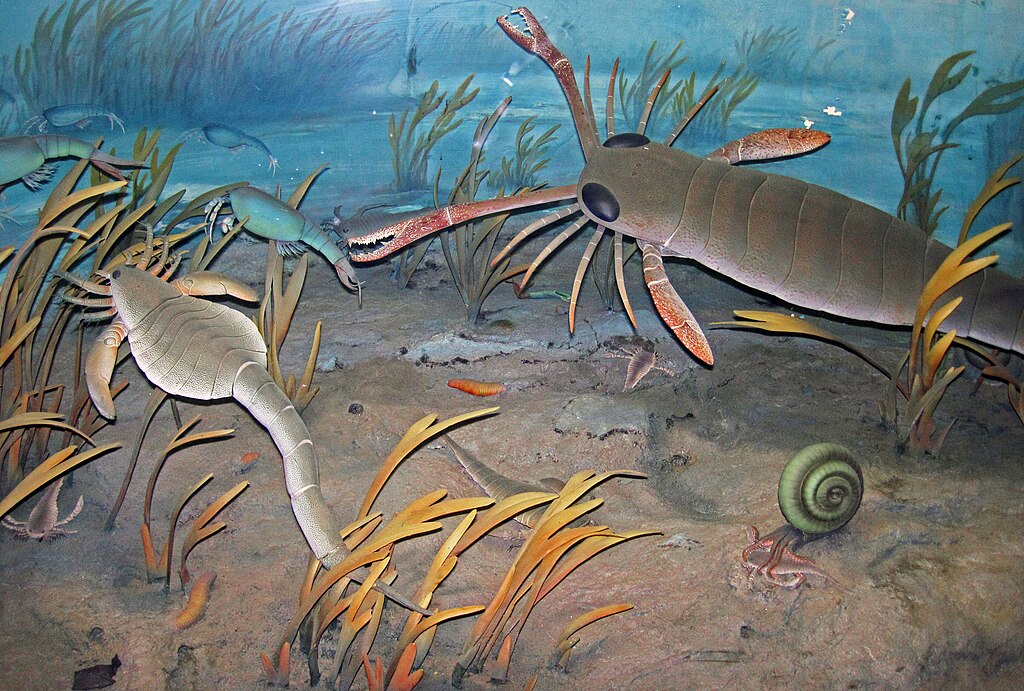
Sea scorpions occupied diverse ecological niches throughout their long evolutionary history, though many species evolved as formidable predators. Early eurypterids likely fed on soft-bodied invertebrates, but as they evolved, many species developed specialized adaptations for more sophisticated predatory behaviors. Fossil evidence suggests that larger species functioned as apex predators in their ecosystems, preying on fish, trilobites, primitive sharks, and other arthropods. Their hunting techniques likely varied by species, with some acting as ambush predators lurking in seafloor sediments, while others actively pursued prey through open water using their paddle-like limbs. Trace fossils occasionally reveal dramatic evidence of predator-prey interactions, with some specimens showing bite marks consistent with eurypterid attacks. The ecological pressure exerted by these predators likely drove evolutionary adaptations in their prey, including enhanced defensive structures and evasion strategies. As sea scorpions diversified, some species may have specialized in particular prey items or hunting strategies, reducing competition between related species and allowing multiple eurypterid types to coexist within the same ecosystem.
Habitat Diversity and Distribution

Sea scorpions demonstrated remarkable habitat versatility throughout their evolutionary history, occupying environments ranging from shallow coastal waters to deep seas and even freshwater systems. Fossil evidence indicates they achieved a nearly global distribution, with specimens discovered on every continent except Antarctica. Early eurypterids were primarily marine creatures, inhabiting the warm, shallow seas that covered much of the planet during the Ordovician and Silurian periods. As they evolved, many species successfully transitioned to brackish environments in estuaries and lagoons, while others moved completely into freshwater habitats like rivers and lakes by the Devonian period. This remarkable transition from marine to freshwater environments represents one of the most successful habitat shifts in arthropod evolutionary history. Regional variations in eurypterid fossils suggest certain species evolved adaptations to specific environmental conditions, from tropical shallow seas to more temperate waters. Their wide geographic distribution and habitat flexibility likely contributed to their impressive evolutionary longevity, allowing populations to survive in environmental refuges during periods of ecological disruption.
The Pterygotus: Fearsome Claw Wielders
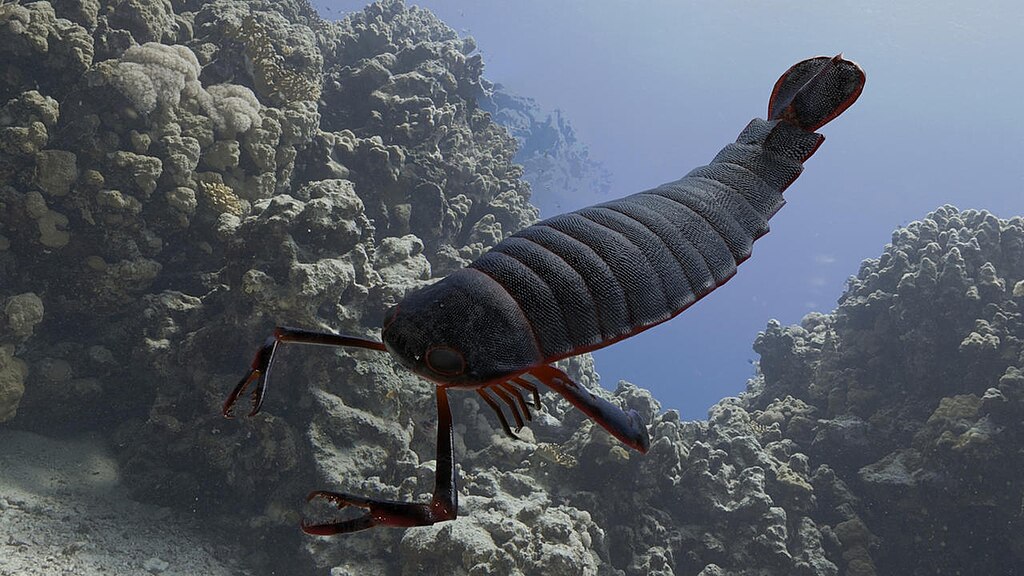
Among the most fearsome sea scorpions were members of the genus Pterygotus, which flourished during the Silurian and early Devonian periods approximately 440-390 million years ago. These specialized predators grew to impressive sizes, with some species reaching lengths of up to 2 meters, making them among the largest arthropods of their time. Pterygotids were characterized by their massive, serrated claws (chelicerae) that extended forward from their heads like deadly pincers, capable of seizing and tearing apart prey with terrifying efficiency. Fossil evidence suggests these specialized appendages could rotate to bring captured prey toward their mouth parts for consumption. Unlike some other eurypterids that used paddle-like limbs for swimming, Pterygotus possessed a flattened, paddle-shaped telson (tail segment) that functioned as a powerful swimming fin, enabling rapid bursts of speed when pursuing prey. Their compound eyes were positioned for excellent forward vision, giving them exceptional hunting capabilities. Pterygotids were likely apex predators in their ecosystems, feeding on armored fish, other arthropods, and virtually any creature they could overpower with their formidable claws.
Reproduction and Life Cycle Mysteries

Despite extensive fossil records of sea scorpions, their reproductive biology and life cycles remain largely speculative, representing one of the significant remaining mysteries about these creatures. Based on comparisons with their closest living relatives—horseshoe crabs and modern arachnids—scientists hypothesize that eurypterids likely engaged in external fertilization, with females depositing eggs that were then fertilized by males. Some fossils show potential sexual dimorphism, with differences in body proportions and appendage sizes between presumed males and females. Juvenile eurypterid fossils are exceedingly rare, suggesting either that young sea scorpions occupied different habitats than adults or that their fragile exoskeletons rarely fossilized. Growth likely occurred through a series of molts, with the animal shedding its rigid exoskeleton to allow for expansion. These molted exoskeletons sometimes fossilized, occasionally creating confusion in the fossil record as they can be mistaken for dead specimens. The scarcity of fossil evidence showing different growth stages makes it difficult to determine their complete life cycle, including how long individual sea scorpions lived or how quickly they reached maturity.
Fossil Discoveries and Research History
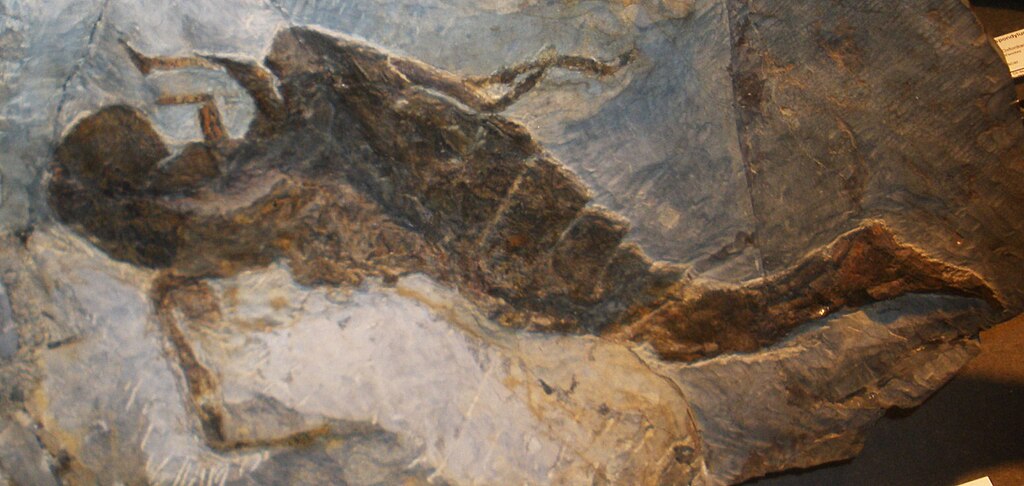
The scientific understanding of sea scorpions has evolved dramatically since their first formal description in the early 19th century. The initial eurypterid fossil was scientifically documented in 1818 by American naturalist Samuel L. Mitchill, who misidentified it as an extinct fish. By the 1840s, more complete specimens allowed researchers to correctly classify these creatures as arthropods related to horseshoe crabs. The golden age of sea scorpion research occurred during the late 19th and early 20th centuries, when remarkable complete fossils were discovered in deposits across Europe and North America, particularly in New York State’s Bertie Formation. Samuel J. Harrington’s comprehensive 1912 monograph established the foundation of eurypterid classification that remains influential today. More recent discoveries have continuously expanded our knowledge, including the 2007 identification of Jaekelopterus rhenaniae’s massive claw that established a new size record for prehistoric arthropods. Advanced imaging technologies like CT scanning now allow paleontologists to examine internal structures and soft tissues occasionally preserved in exceptional fossils, revealing details about muscle attachments, digestive systems, and even reproductive organs. New eurypterid species continue to be discovered, with significant finds in China, Australia, and Africa during the past two decades expanding our understanding of their global distribution and diversity.
Relationship to Modern Arthropods
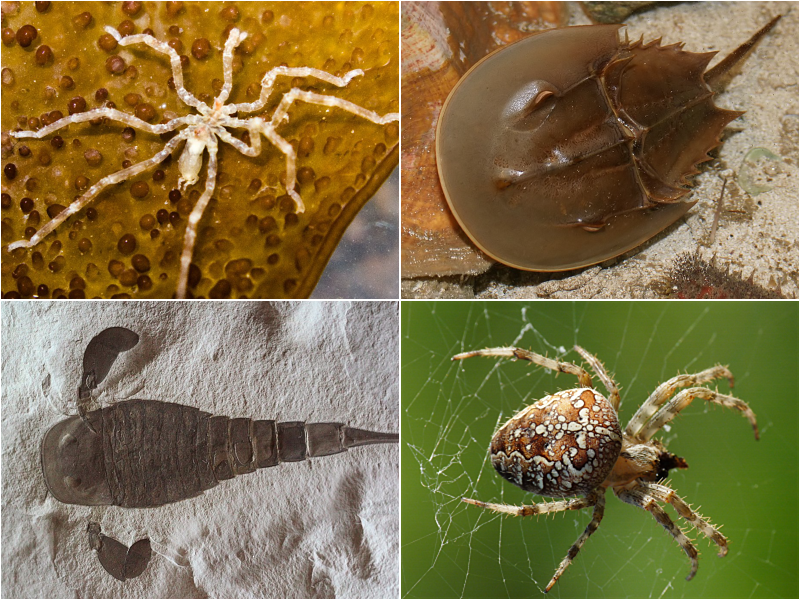
Sea scorpions share an evolutionary heritage with several modern arthropod groups, offering valuable insights into arthropod evolution. They belong to the subphylum Chelicerata, which includes modern arachnids (spiders, scorpions, and mites), horseshoe crabs, and the extinct eurypterids themselves. Genetic and morphological studies suggest horseshoe crabs are their closest living relatives, with both groups sharing characteristic features like book gills, similar appendage structures, and compound eyes. This relationship makes horseshoe crabs particularly valuable as “living fossils” that provide glimpses into eurypterid biology. Modern scorpions, despite the name similarity, are more distantly related to sea scorpions, though they share a common chelicerate ancestor. The impressive size of eurypterids stands in stark contrast to modern chelicerates, which are significantly smaller, raising questions about the environmental and physiological factors that once allowed arthropods to reach such gigantic proportions. The respiratory systems of sea scorpions, likely using book gills similar to those in horseshoe crabs, apparently overcame the oxygen limitations that restrict the size of modern terrestrial arthropods. Studying these evolutionary relationships helps scientists understand not only the biology of extinct sea scorpions but also the evolutionary history of arthropods as a whole—the most diverse animal phylum on Earth.
Extinction Theories and Debates
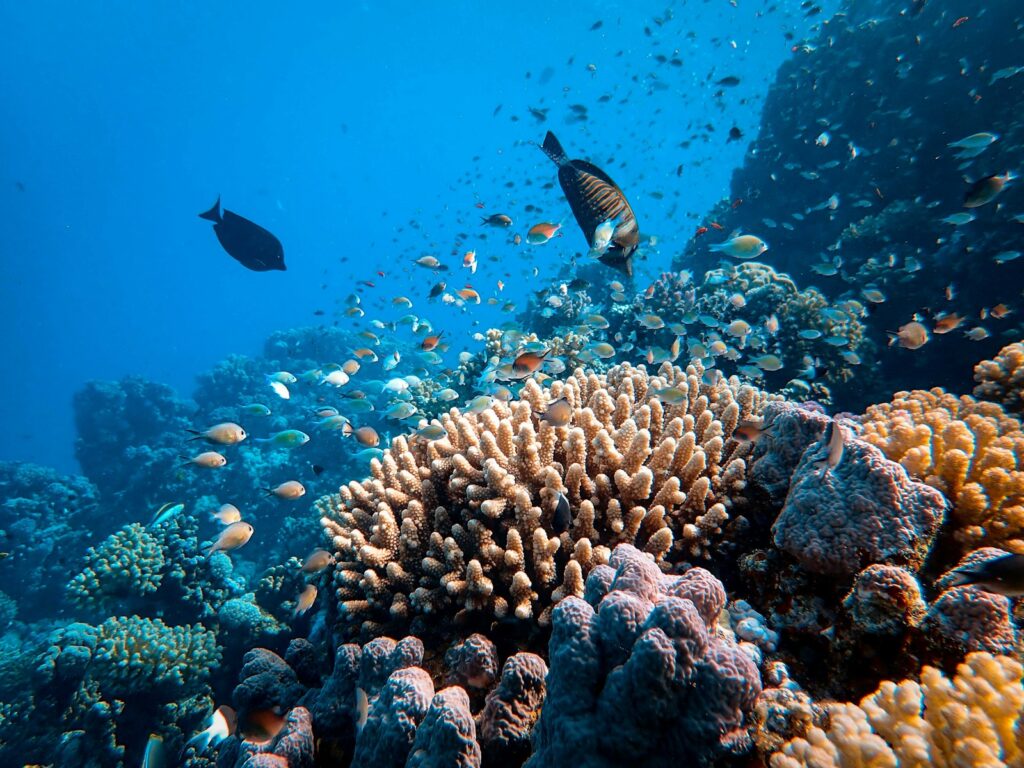
The ultimate disappearance of sea scorpions from Earth’s oceans has generated considerable scientific debate, with multiple competing theories explaining their extinction. The most widely accepted explanation connects their demise to the catastrophic Permian-Triassic extinction event approximately 252 million years ago, which eliminated over 95% of marine species. This mass extinction, potentially triggered by extensive volcanic activity in what is now Siberia, created ocean conditions characterized by extreme warming, acidification, and widespread anoxia (oxygen depletion) that proved fatal to countless marine organisms, including the remaining eurypterids. However, some scientists note that sea scorpion diversity had already begun declining during the late Devonian period, suggesting a more complex extinction scenario spanning millions of years. Competition from increasingly sophisticated vertebrate predators, particularly jawed fish that evolved powerful biting capabilities and protective armor, may have gradually outcompeted eurypterids for resources and ecological dominance. Some researchers propose that habitat loss played a significant role, as the formation of the supercontinent Pangaea eliminated many of the shallow continental seas where many eurypterid species thrived. The truth likely involves a combination of these factors—a gradual decline driven by competition and habitat changes, followed by the final blow delivered by the Permian extinction’s extreme environmental stresses.
Cultural Impact and Popular Representations
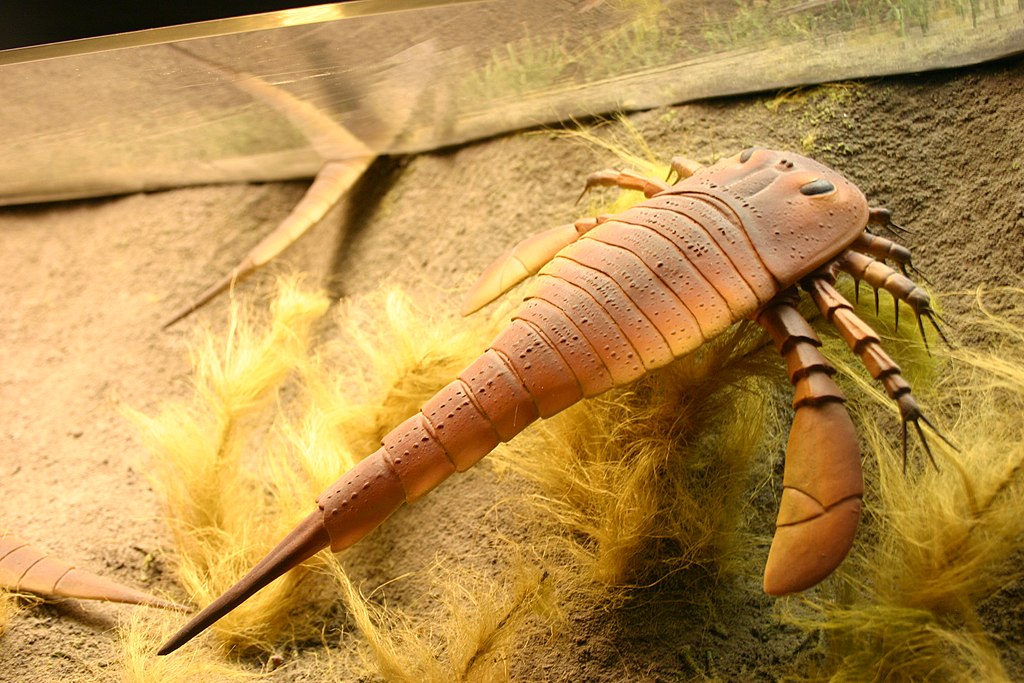
Sea scorpions have captured public imagination since their discovery, appearing in various forms of media and cultural contexts as symbols of prehistoric terror. Their menacing appearance and massive size have made them staples in paleontology exhibitions, where reconstructions often feature prominently alongside dinosaurs and other charismatic prehistoric creatures. In popular culture, eurypterids have appeared in documentary series like BBC’s “Walking with Monsters,” where computer-generated recreations brought these ancient predators to life. Science fiction writers have occasionally drawn inspiration from these creatures, featuring giant arthropod monsters that resemble exaggerated versions of sea scorpions in novels, films, and video games. Despite their fearsome reputation in popular media, scientific portrayals have become increasingly nuanced, emphasizing their evolutionary significance rather than just their predatory nature. For paleontology enthusiasts, finding eurypterid fossils represents a particularly exciting achievement, with complete specimens highly valued by collectors and museums alike. Their distinctive appearance makes them immediately recognizable even to non-specialists, helping them serve as “gateway fossils” that spark wider interest in paleontology and ancient ecology. This cultural fascination ensures that sea scorpions remain among the most recognized invertebrate fossils, despite being overshadowed by vertebrate fossils like dinosaurs in mainstream attention.
Carcinosoma: The Heavily Armored Hunters

Among the diverse eurypterid genera, Carcinosoma species stand out for their distinctive heavily-armored bodies and specialized hunting adaptations. Thriving during the Silurian period approximately 430-420 million years ago, these robust sea scorpions featured thick exoskeletons covered with protective tubercles (small bumps) that likely deterred potential predators. Unlike the streamlined forms of other eurypterids adapted for swift swimming, Carcinosoma species developed more robust body proportions suggesting a different hunting strategy. Their first pair of walking legs evolved into specialized grasping appendages with spiny surfaces, perfect for seizing and holding struggling prey. Based on their morphology, paleontologists believe Carcinosoma were ambush predators that likely lurked partially buried in sediment, waiting to lunge at passing prey rather than engaging in extended chases. Fossil specimens frequently show evidence of powerful muscle attachments in their appendages, indicating impressive grasping strength that would have made escape nearly impossible for captured prey. Their compound eyes were positioned to provide excellent panoramic vision, ideal for detecting movement above while remaining concealed. Despite their fearsome capabilities, Carcinosoma species were mid-sized compared to giants like Jaekelopterus, typically reaching lengths of 0.5-1 meter, making them formidable but not the largest predators in their ecosystems.
Size Evolution and Gigantism Factors
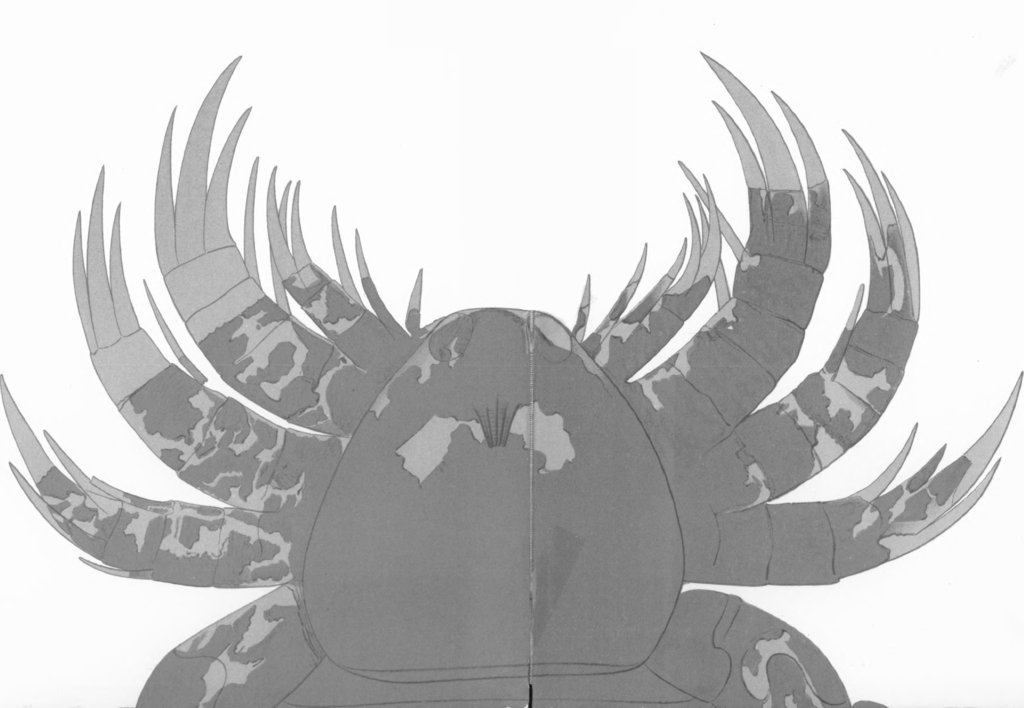
The impressive sizes achieved by many sea scorpion species represent one of the most fascinating aspects of their evolutionary history, raising important questions about the factors that enabled arthropod gigantism during the Paleozoic era. Several environmental conditions likely contributed to their exceptional growth potential, including elevated atmospheric oxygen levels during parts of the Paleozoic, which reached up to 35% compared to today’s 21%. This oxygen-rich environment may have overcome the respiratory limitations that restrict modern arthropod size, allowing for more efficient oxygen delivery through their relatively simple respiratory systems. The absence of large vertebrate predators during their early evolution created ecological opportunities for eurypterids to occupy apex predator niches, with natural selection potentially favoring increased size as a competitive advantage in both hunting and defense. Interestingly, the eurypterid size trend shows a general increase over millions of years, with the largest species appearing relatively late in their evolutionary history during the Devonian period. Some researchers have proposed that the evolution of enhanced respiratory structures, potentially including more efficient book gills, may have enabled this size increase by improving oxygen absorption. The phenomenon of polar gigantism, where cold-water arthropods grow larger than their warm-water counterparts due to increased oxygen solubility in colder water, might also explain why some of the largest eurypterids are found in what were once higher

